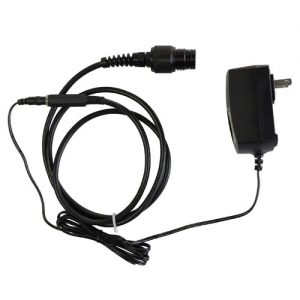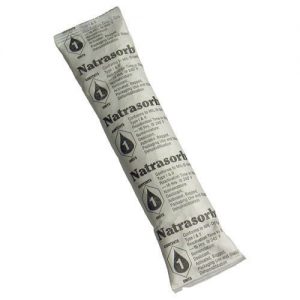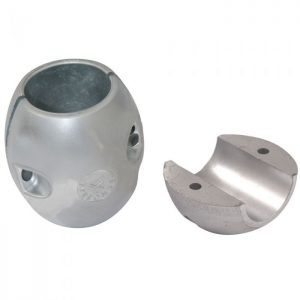General Data Buoy Maintenance
The following practices should be carried out for general CB-Series data buoy maintenance during normal operation. As a general practice, measurement data should regularly be inspected, and Quick Alerts or Alarms should be configured in WQData LIVE to detect any anomalies which may indicate that maintenance is required.
Immediate Steps for Buoy Maintenance
- Monitor the battery voltage and charge or replace as needed.
- Battery voltage is reported as a standard metaparameter in WQData LIVE. Alarms can be configured to monitor the charge.
- If the charge of 12V sealed lead acid (SLA) batteries provided by NexSens (CB-A01/A05-X battery packs) falls below ~10V, batteries should be charged or replaced.
- Use a CB-Series battery float charger kit for recharging (30W for CB-A01-2 packs, 60W for CB-A05-X packs).
- Battery replacement instructions are available here.
- Batteries repeatedly falling below 10V should be replaced.
- Monitor the internal humidity and replace desiccant as needed.
- Internal Humidity is reported as a standard metaparameter in WQData LIVE. Alarms can be configured to monitor the status.
- If the humidity rises above 50%, the desiccant should be replaced.
- Use the NexSens A71 Desiccant Kit or a suitable locally-sourced desiccant for replacement.
- Desiccant replacement instructions are available here.
- Carefully clean the buoy and connected devices as needed.
- Clean off the solar panels with a soft towel using caution not to scratch the surface. Water is normally sufficient for this, but a mild cleaning agent may be used if necessary. Do not use any harsh or corrosive chemicals.
- Ensure the vent on the data logger/data well lid is clear of all obstructions to avoid buildup of high pressure gases in the data well from charging.
- Inspect mooring lines and remove buildup from biofouling, especially if it is beginning to add significant weight that is causing the buoy to sit low in the water. Replace any components which are showing significant signs of wear.
- Consult manufacturer’s instructions for cleaning of sensors and other connected devices.
- If the buoy is deployed in saltwater, inspect the sacrificial zinc anodes and replace as needed.
- Replacement part number CB-ZA.
Preparing for Re-deployment
- Inspect sensor cables and calibrate instruments per manufacturer’s recommendations.
- Before disconnecting any sensor cables, it is recommended to remove power from the buoy by disconnecting the UW-6 pin plug from the SOLAR port on the data logger/data well lid.
- Make sure to protect the plug with a cap and the port with a port plug to avoid water intrusion while disconnected.
- Carefully disconnect and inspect any UW or MCIL connectors.
- Follow the article below for proper connector operation and maintenance.
- Before disconnecting any sensor cables, it is recommended to remove power from the buoy by disconnecting the UW-6 pin plug from the SOLAR port on the data logger/data well lid.
- Be sure to reconnect the UW-6 plug in the SOLAR port when finished.
- For systems with a NexSens data logger, an audible beep indicates that the logger is powering up.
- Allow time for a measurement cycle and check readings on WQData LIVE before leaving the site to make sure everything is in working order.



